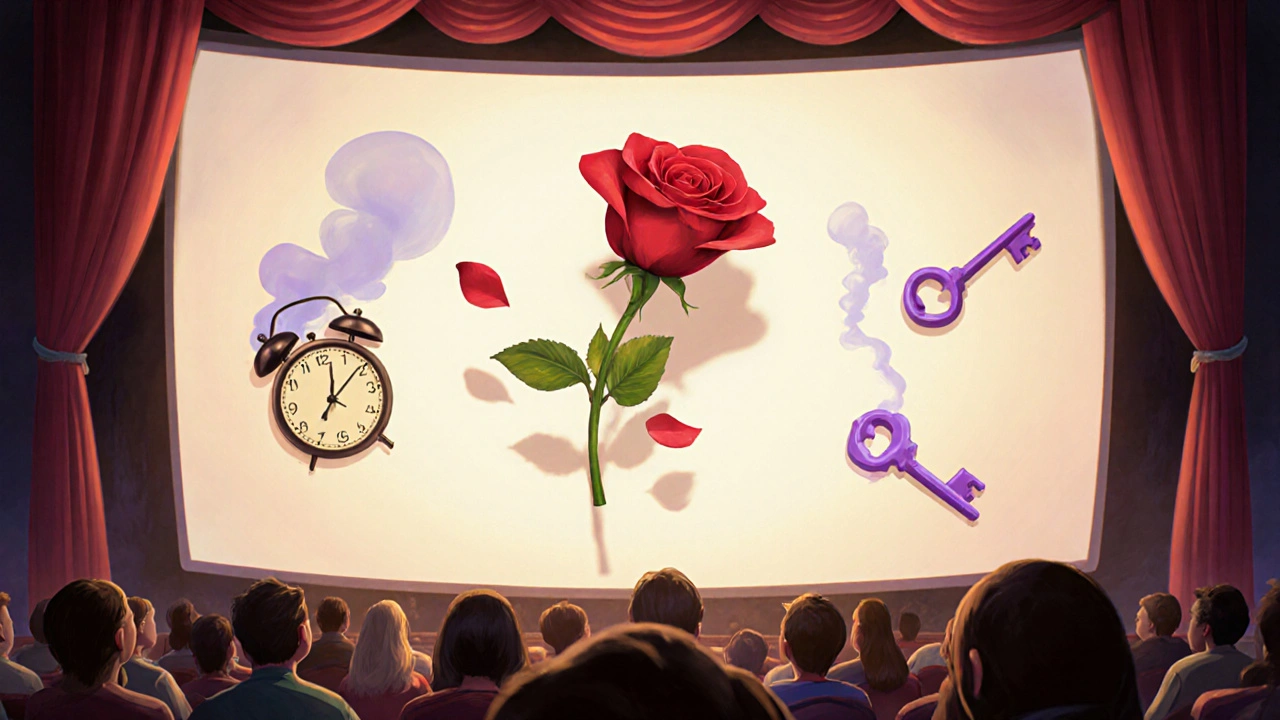Visual Meaning in Movies: How Images Tell Stories Beyond Words
When we talk about visual meaning in movies, the way images, colors, lighting, and movement convey emotion, theme, and narrative without a single word of dialogue. Also known as cinematic language, it’s what makes a silent shot of a child’s empty swing feel heavier than a monologue. You don’t need to hear a character speak to know they’re alone, broken, or hopeful—because the frame tells you everything.
Visual meaning doesn’t happen by accident. It’s built with film symbolism, the use of objects, settings, or recurring images to represent deeper ideas—like a red coat in a sea of gray, or a broken mirror reflecting a fractured identity. It’s shaped by composition, how elements are arranged within the shot to guide your eye and control your feeling, whether it’s a character pushed to the edge of the frame, or a hallway that stretches too far, making you feel trapped. And then there’s color grading, the deliberate shift in tone and hue that sets the mood, from cold blues of isolation to warm golds of nostalgia. These aren’t just pretty tricks—they’re the grammar of cinema.
Think about how Ridley Scott’s Blade Runner uses rain and neon to make a future feel lonely, or how Agnès Varda lets everyday objects—a shoe, a wall, a face—carry the weight of memory. You don’t need to read a script to feel the grief in a long take of someone staring out a window. That’s visual meaning at work. It’s why a single frame from a film can stick with you for years, long after the dialogue is forgotten.
The posts below dive into exactly how this happens—how lighting turns a room into a prison, how movement tells a story faster than dialogue, and why some films make you feel something without ever explaining why. You’ll find deep dives into production design, camera choices, and the quiet moments that say more than a thousand lines. Whether you’re a filmmaker, a student, or just someone who gets chills from a well-placed shadow, this collection shows you how to see movies differently. No theory jargon. Just clear examples of what works, why it works, and how you can spot it next time you press play.
Semiotics in cinema reveals how images, sounds, and colors create meaning beyond the plot. Learn how iconic, indexical, and symbolic signs shape your emotional response to films-and why this ancient theory still matters today.
View More

